 Go to English Version
Go to English VersionIn mid-August, in Louisville, Kentucky, I attended a conversation with Cuban artists presenting their work at Louisville Visual Art. My compatriots, the familiar. In a country where everything seems to flow through rigid channels, surprise is rare. I speak of migrant artists, many of them newly arrived. Some pieces were more compelling than others, and the stories carried nuances best considered one by one. As in cooking, the flavor of each ingredient, tasted alone, can prove more intense and memorable than the mixture in which it dissolves.
That afternoon we went to see the river up close, at the point where it widens and at times stretches nearly eight hundred meters across. There it moves with a certain vigor, and to the left appear the Falls of the Ohio, a rocky bed that for decades blocked navigation through the region. In the nineteenth century a canal was built, followed later by a system of locks and a dam now known as the McAlpine Locks and Dam. A set of gates—beyond my detailed view—overcomes a drop of more than thirty-five feet, turning the former rapids into a thoroughfare. Engineering, fortunately, did not excessively alter the character of the landscape. It adjusted only what was necessary to ensure passage and, with it, the commerce and the life that always flourishes along the banks. Between these edges and the first streets of the periphery lie empty lots and traces of occasional human passage.
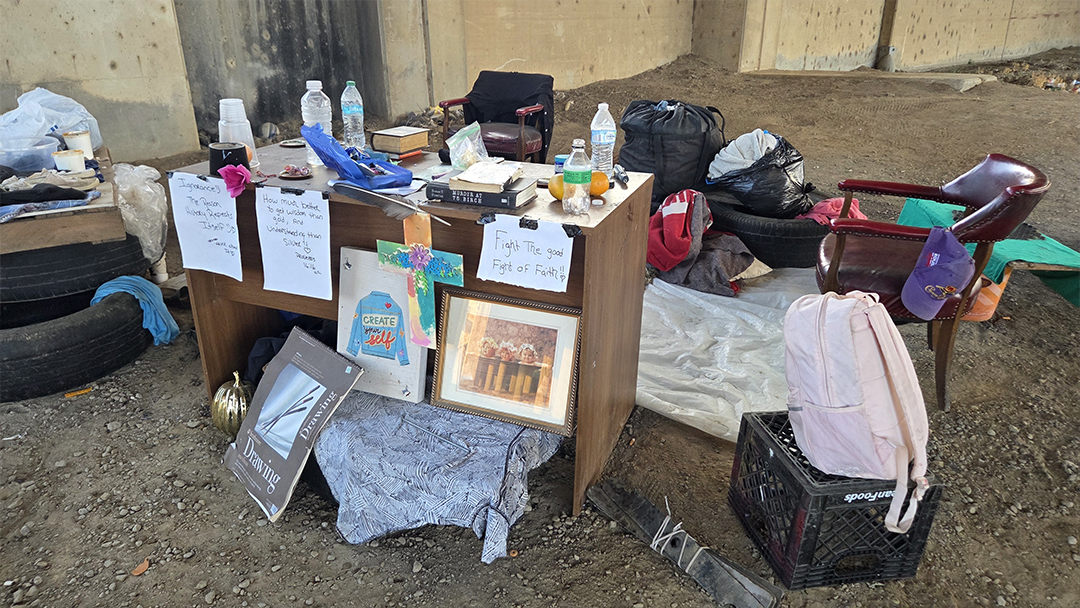
At the foot of a wall that separates the avenue from the shore, beneath the highway bridge, someone lives. The person was absent when we arrived, which allowed me to observe the space in detail. What struck me was that amid the disorder there emerged everywhere aesthetic gestures, conceptual hints, even philosophical statements. I wonder if the arrangement forced by precariousness holds the same beauty that arises from the universal conditions of physics, from the intrinsic properties of matter itself.
To my surprise, there was room for creation. Naïve perhaps, or perhaps not, for it is impossible to read without the weight of context and circumstance. After a day of encountering art, much of it at the highest level, this installation was by far the most moving, the most truthful, the most sincere. Genuine ephemeral art, authentic performance. Art that springs up like a plant from seed, impelled by its own force.
Later the artist herself appeared, and her presence completed the experience of installation and performance. She moved with ease, at her own pace, following her own rhythm. As if we were invisible, as if we were inanimate structures, at most silent or paralyzed within the installation itself. She did not engage us, she ignored us entirely.
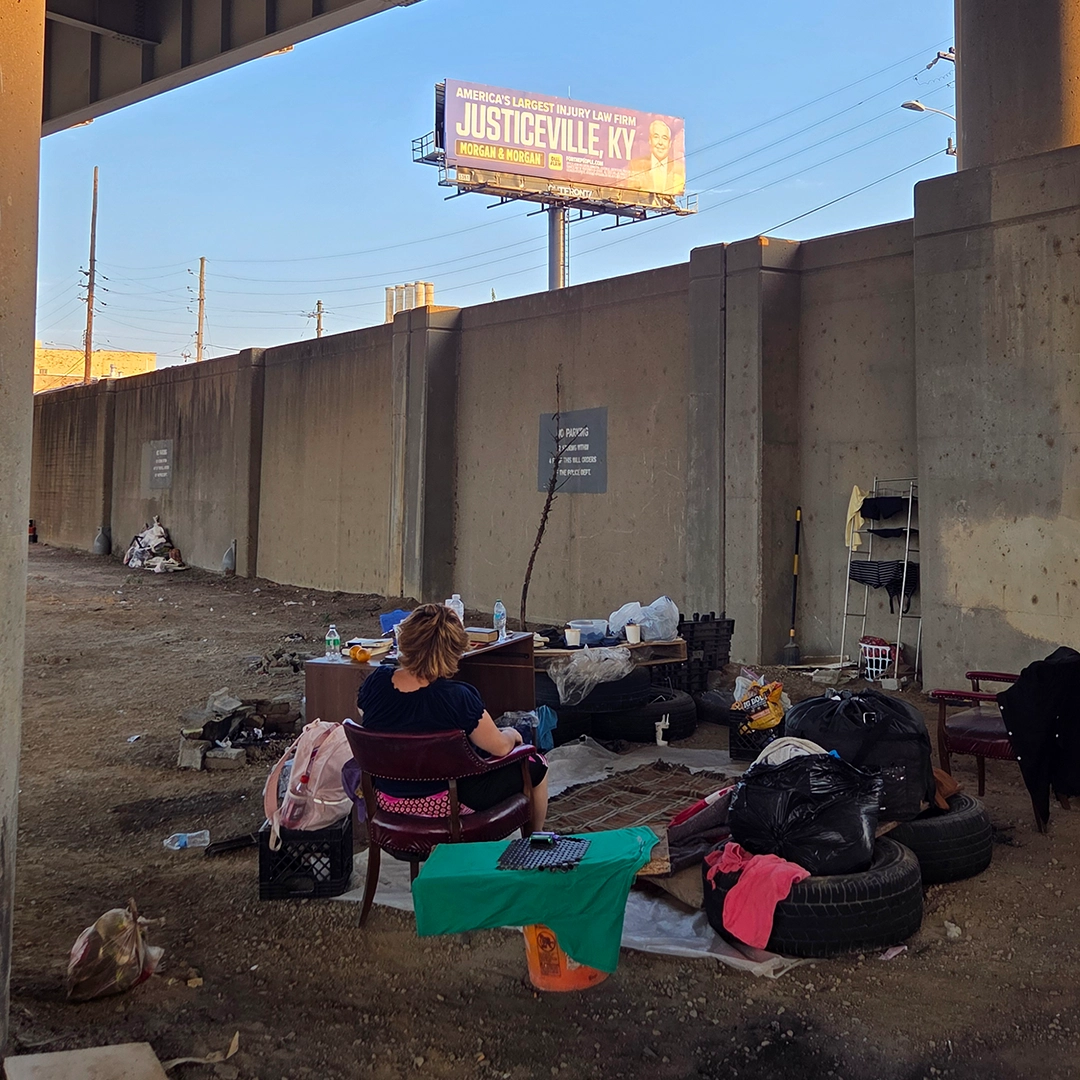
I remained silent for a long while, asking myself how life unfolds under such conditions, how humanity is preserved, where one finds the motivation and the energy to offer an improbable spectator the manifesto of material misery—though never of human or intellectual misery.
Can this jumble of everyday objects, outside the exhibition hall, be art, when I have seen the same arrangements, less compelling even, inside the gallery? It is not a question for me. I do believe this is an artistic expression, precisely because it is neither artisanal nor purely utilitarian. The boundaries blur, shift, slip away, and I fall into the temptation not to think, to ignore it, to file it in that mental space where we deny access to emotion. Where we keep daily misery, the war dead, the wreckage of accidents, everything that strikes civilization and its premises head-on.
I come from a ruined country, where at every step one encounters the eroded beauty of the destroyed, of what has been consumed not so much by time as by the stupidity of the indifferent. I am too accustomed to seeing the ashes of what was once beautiful. So much so that luxury, polish, perfection often leave me unmoved. Less and less, though, because I move away from those environments and fix my gaze on my own objects, on my own circumstance and, as it could not be otherwise, I lose myself.





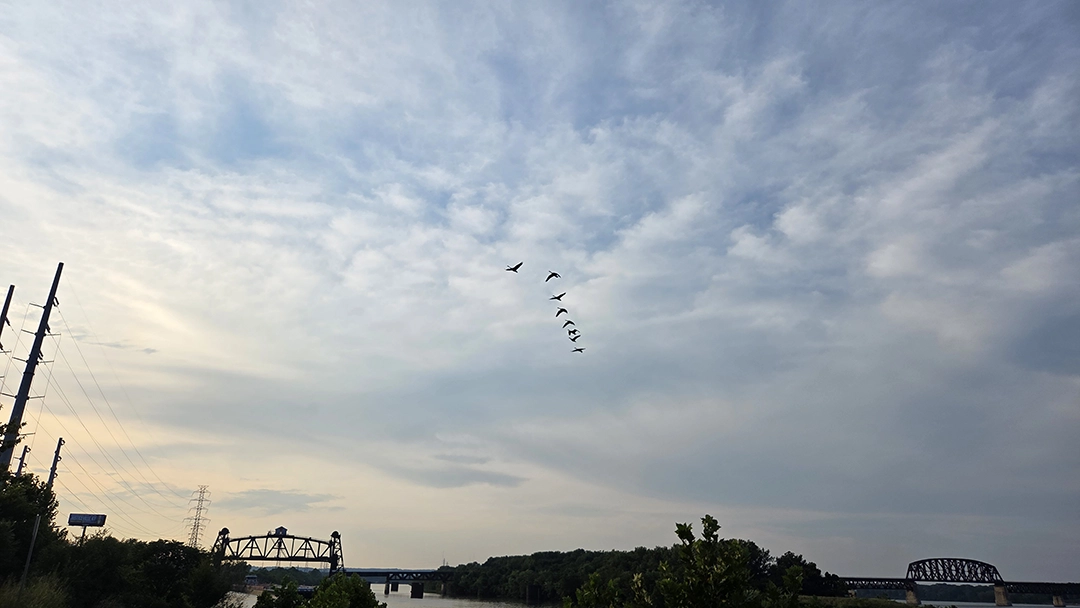


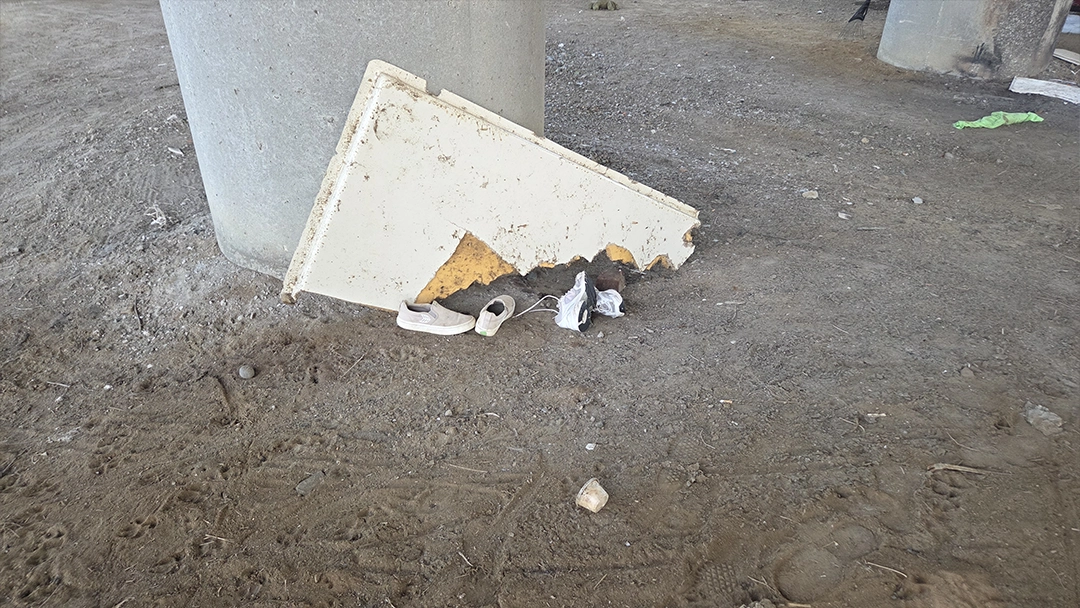
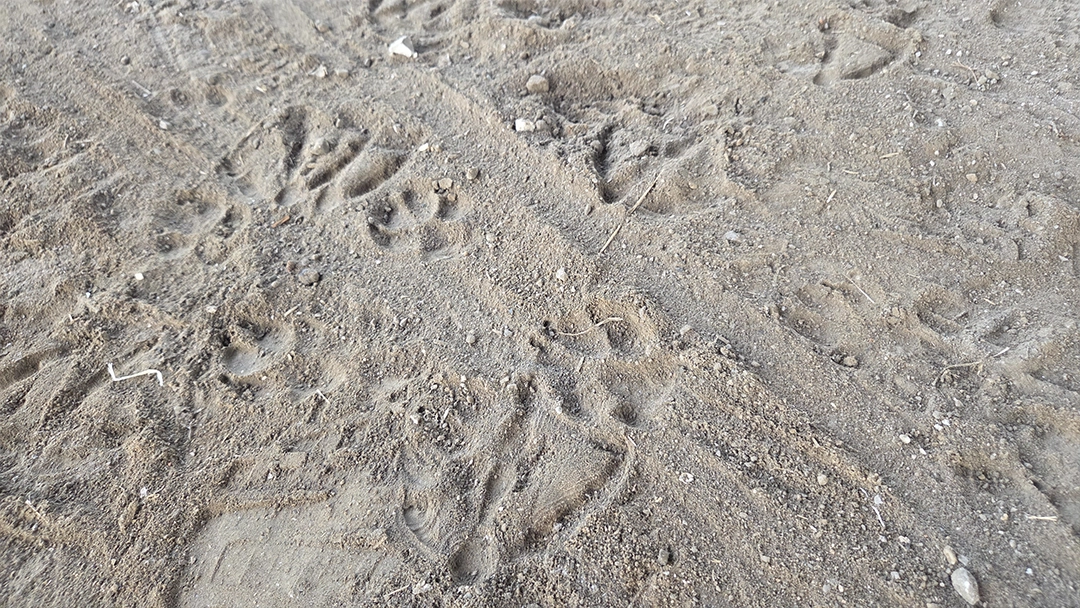





Comments powered by Talkyard.